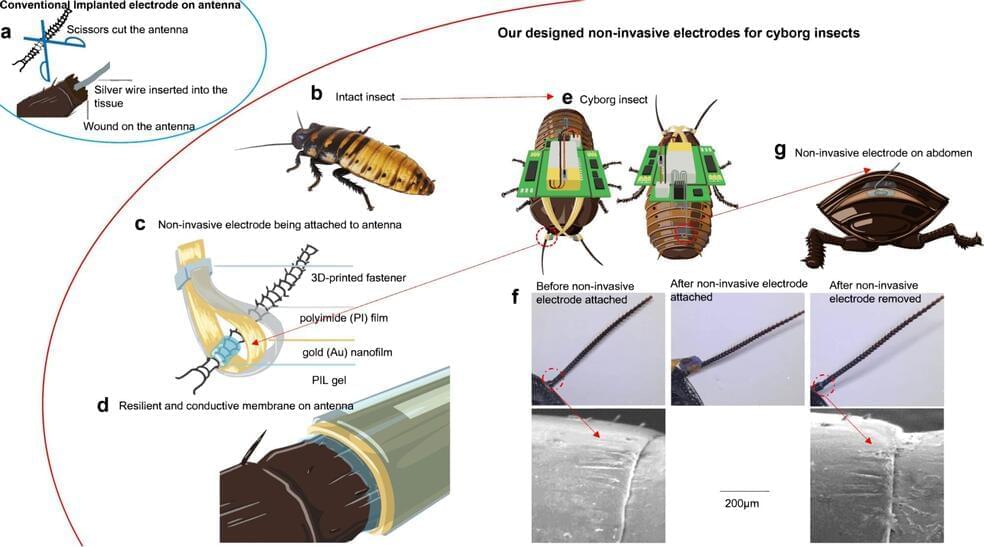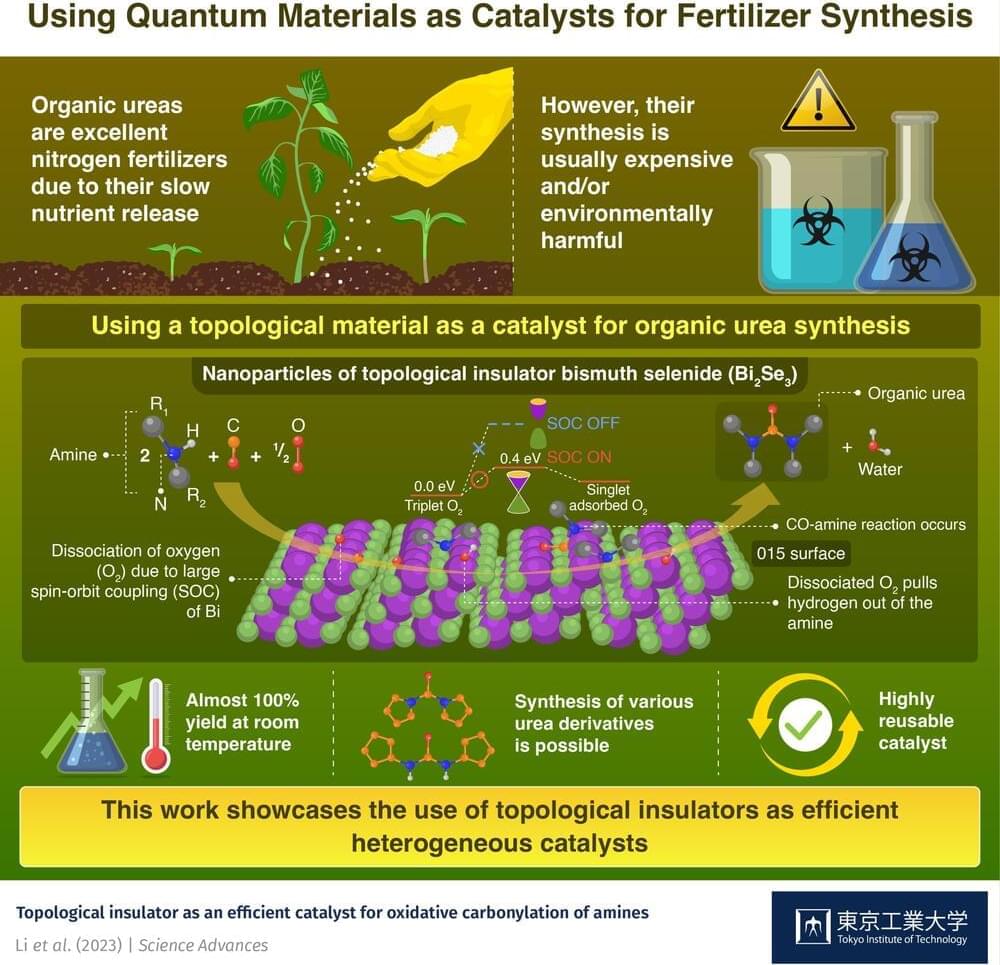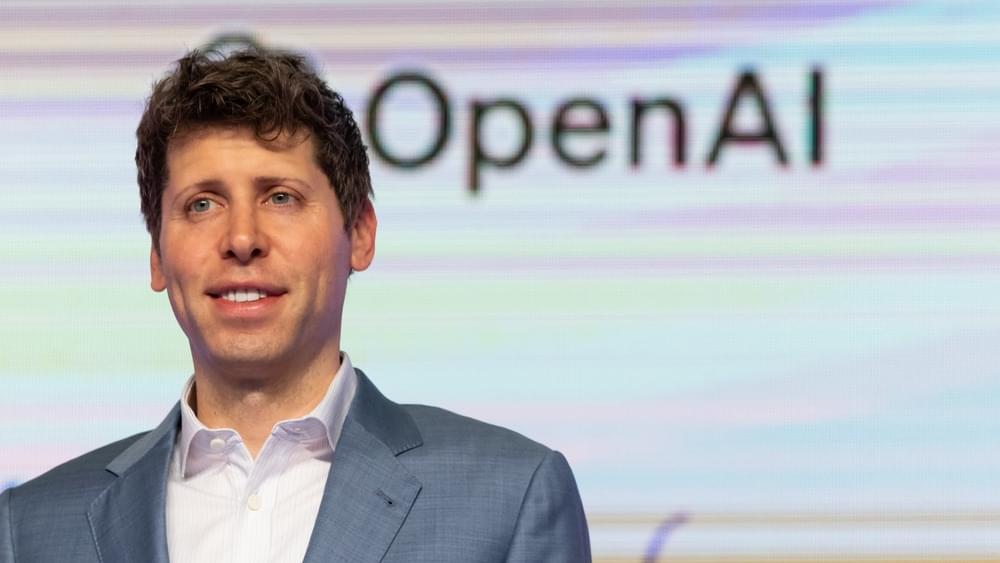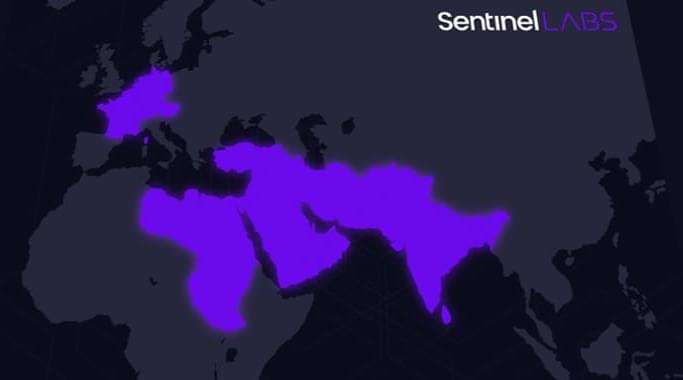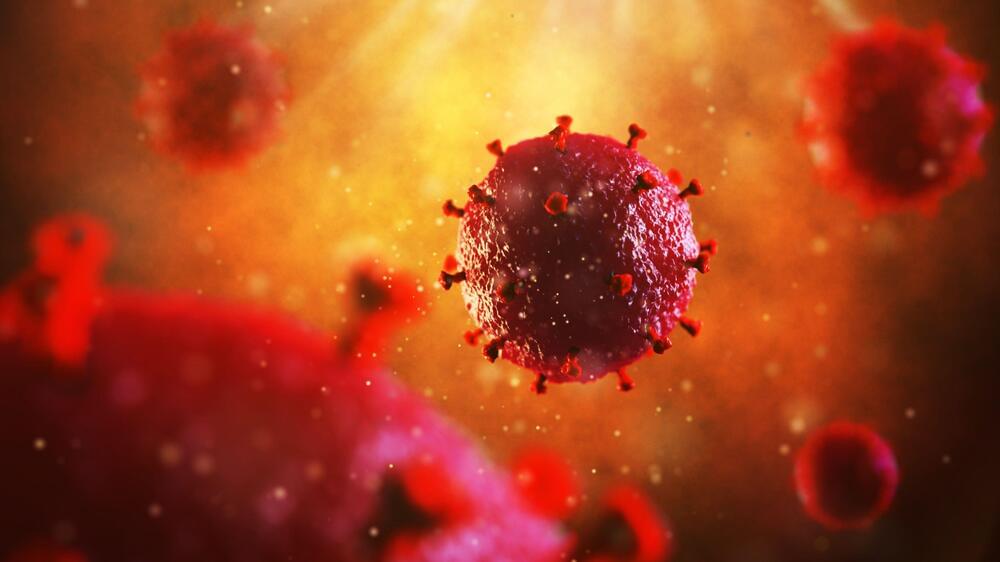Sep 26, 2023
A non-invasive way to turn a cockroach into a cyborg
Posted by Saúl Morales Rodriguéz in categories: cyborgs, life extension
A team of mechanical engineers at Nanyang Technological University in Singapore has found a way to electronically control cockroaches without injuring them. In their paper published in the journal npj Flexible Electronics, the group describes the new technology they used to remotely control the cockroaches and the benefits of doing so.
Prior research teams have created a variety of cyborg cockroaches, but they all had one feature in common—they all involved attaching probes to the insect’s nervous system—procedures that led to damage to the insect, and likely some degree of pain.
Continue reading “A non-invasive way to turn a cockroach into a cyborg” »
